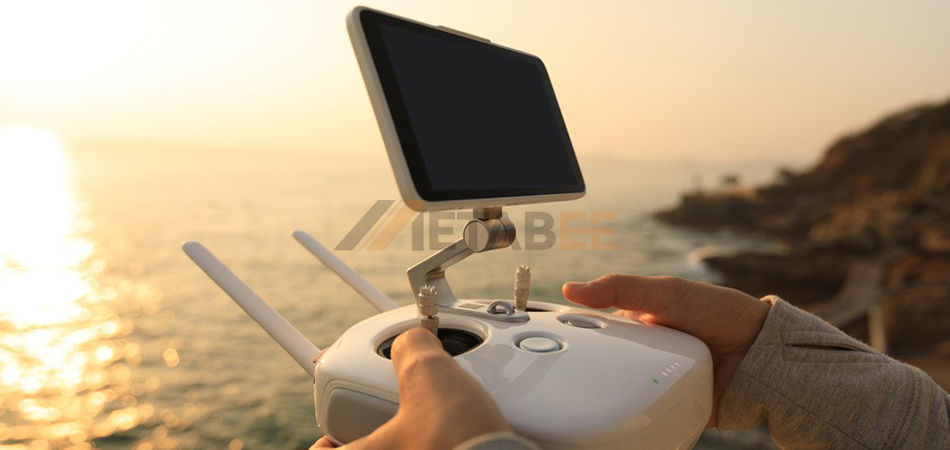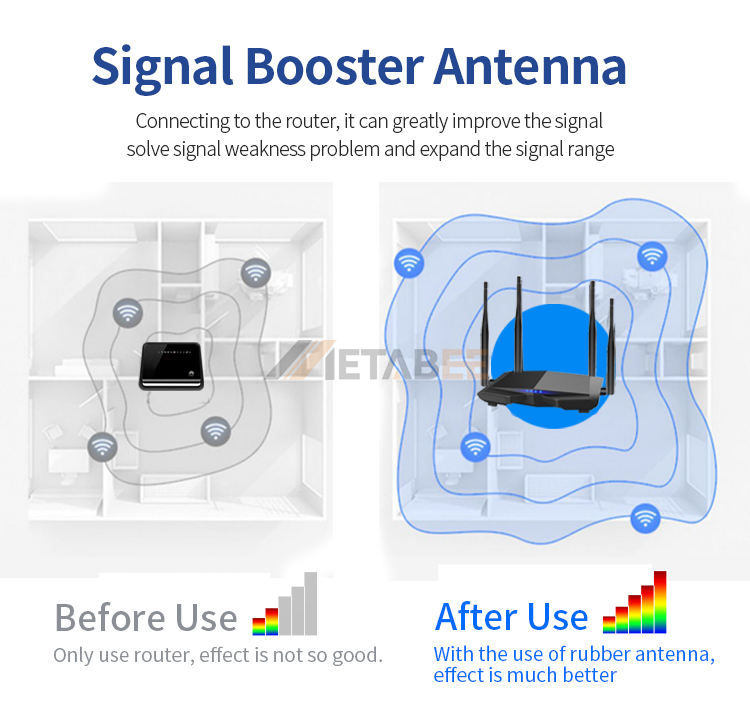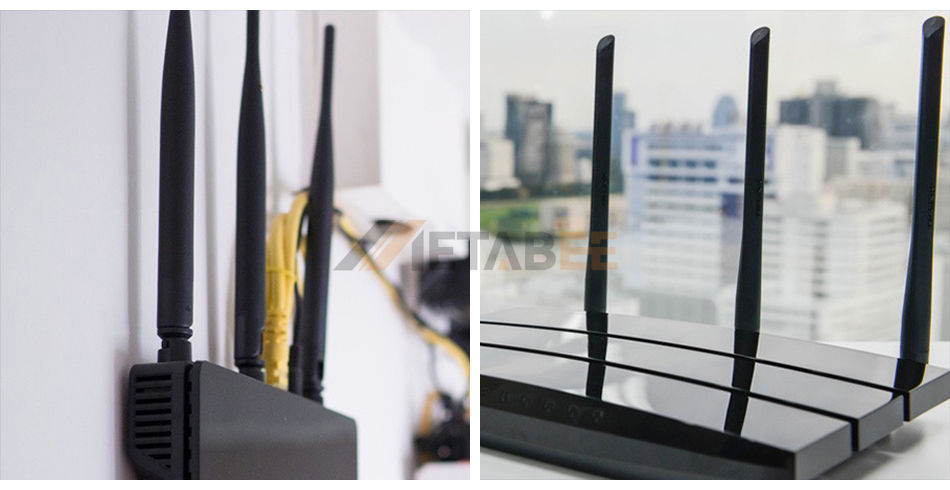Rubber duck antenna — also referred to as a rubber-duck antenna or antenna rubber duck — is a short monopole antenna commonly used in portable and mobile wireless applications. Due to its unique design, flexible form factor, and moderate performance, it is widely employed in devices ranging from Wi-Fi routers and IoT gateways to handheld radios and industrial monitoring equipment.
In this guide, we will explore the construction, working principle, performance characteristics, and practical applications of rubber duck antennas, especially in the context of emerging technologies such as Industrial IoT (IIoT), smart cities, and real-time telemetry systems.

Construction and Working Principle
Rubber duck antenna consists of a coiled wire (usually helical), encapsulated in a flexible rubber or plastic sheath. The internal helix acts as a shortened quarter-wave monopole, which allows for a compact form factor while still providing usable gain and omnidirectional coverage.
Impedance Matching and Radiation Efficiency
Most rubber duck antennas are designed to operate at 50 ohms, which is the standard impedance for RF systems. To achieve optimal performance, the internal helical coil is carefully tuned to match this impedance at the operating frequency (e.g., 2.4 GHz for Wi-Fi or 900 MHz for ISM applications). A poorly matched antenna leads to high voltage standing wave ratio (VSWR), resulting in signal reflection and reduced effective radiated power.
While rubber duck antennas are not as efficient as full-sized whip antennas, they offer a reasonable trade-off between size and performance. Their radiation efficiency typically ranges between 30% to 70%, depending on the design, frequency, and the surrounding ground plane.
Omnidirectional Pattern
Due to their vertical design and helical configuration, rubber duck antennas radiate in a toroidal (donut-shaped) pattern. This makes them suitable for use in dynamic or mobile environments where the orientation of devices changes frequently.

Common Frequency Bands and Connector Options
Rubber duck antennas are available for a wide variety of frequency bands and connector types:
- 2.4 GHz rubber duck antenna: Ideal for Wi-Fi, Zigbee, and Bluetooth applications.
- 900 MHz rubber duck antenna: Widely used in long-range ISM band communications, including LoRaWAN and SCADA systems.
- 2 meter rubber duck antenna: Popular in amateur radio (VHF) communications.
- Dual band rubber duck antenna: Supports both 2.4 GHz and 5.8 GHz frequencies, often used in modern wireless routers.
Connector types include:
- BNC rubber duck antenna: Used in RF test equipment and video systems.
- SMA and RP-SMA: Common for Wi-Fi and embedded modules.
- TNC and N-type: Employed in industrial and outdoor devices.
Real-World Applications
IoT and Industrial IoT (IIoT)
Rubber duck antennas are an excellent fit for IoT environments due to their small size, moderate gain, and durability. In Industrial IoT, they are used in:
- Smart meters (electricity, gas, and water)
- Wireless sensor networks (WSNs)
- Environmental monitoring (air quality, temperature, and humidity sensors)
- Asset tracking systems in factories and warehouses
Smart Cities
In smart city infrastructures, rubber duck antennas play a key role in facilitating wireless communication for:
- Traffic light control and vehicle telemetry
- Public safety networks (handheld police and firefighter radios)
- Waste management systems with connected sensors
- Urban lighting and parking management systems
Telecommunications and Consumer Devices
- Wi-Fi Routers and Access Points: Compact size and sufficient gain make rubber duck antennas standard on consumer and enterprise Wi-Fi gear.
- Handheld Radios: Their flexibility makes them ideal for walkie-talkies, transceivers, and emergency response radios.
- Drones and Robotics: Lightweight and robust, rubber duck antennas are used in telemetry modules for UAVs and AGVs.

Choosing the Best Rubber Duck Antenna
To select the right antenna, consider the following factors:
- Frequency Band: Ensure compatibility with your device’s operating frequency.
- Gain and Efficiency: Higher gain models offer better range but may have narrower beamwidths.
- Connector Type: Match the connector to your device’s port (e.g., SMA, BNC).
- Environmental Conditions: Choose waterproof and UV-resistant models for outdoor use.
- Mounting Requirements: Consider straight vs. right-angle types depending on the device form factor.

Why Choose MetabeeAI Rubber Duck Antennas?
Metabee offers a wide portfolio of high-performance rubber duck antennas designed for professional and industrial use:
- Broad Frequency Support: 169 MHz to 6 GHz
- Durable Materials: Flexible yet robust enclosures
- Customizable Options: Tailor the frequency, gain, and connector per project needs
- Reliable Signal Quality: Excellent impedance match and minimized VSWR
- Technical Expertise: Our RF engineers support you from design to deployment

Call to Action
Looking for the best rubber duck antenna for your IoT or industrial deployment?